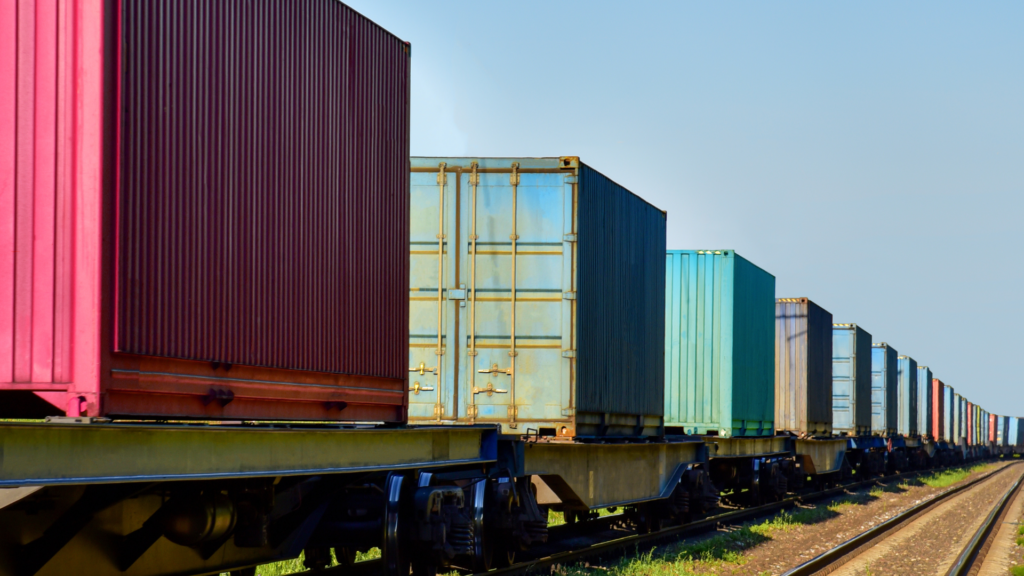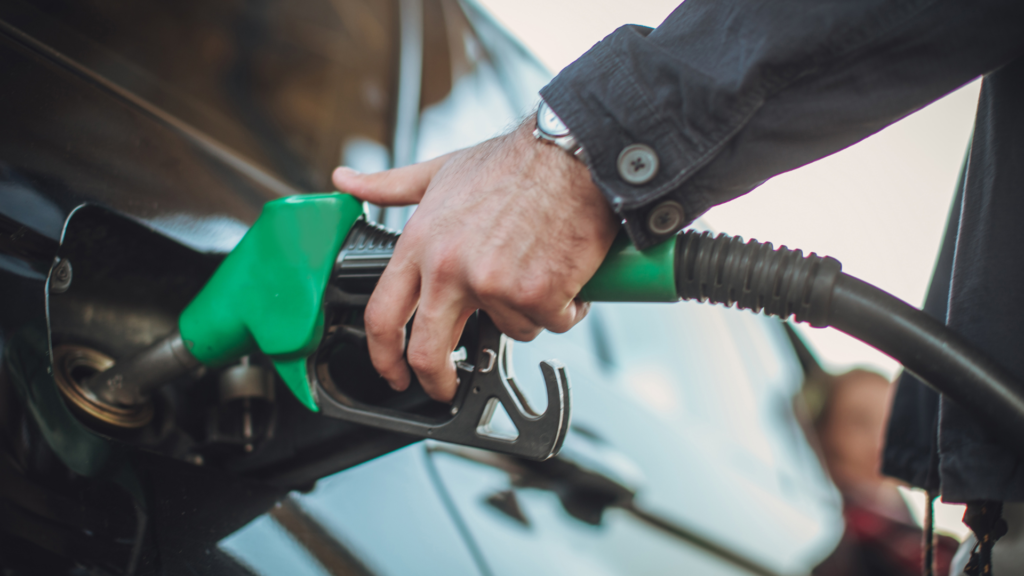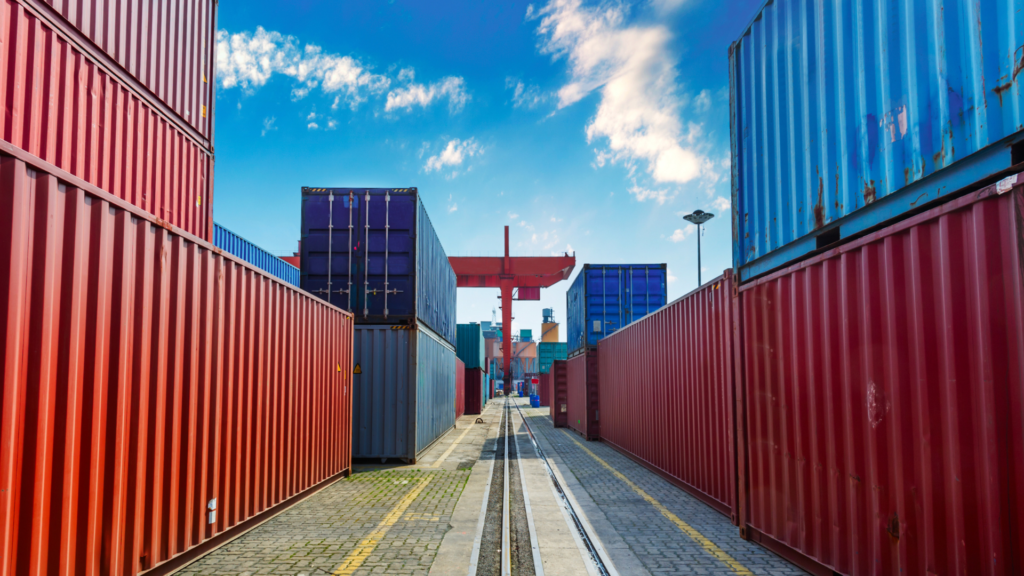New York Extends its Lead over California as Home to the Nation's New No. 1 Port
The East Coast continues to dominate in the movement of trade, with the Port of New York and New Jersey taking the top spot as the nation's busiest seaport for a second-consecutive month. It moved 35% more cargo in September 2022 than it did in the pre-pandemic September of 2019. The previous monthly data was the first time New York topped the West Coast and was being watched as a tipping point.
"There are no indications that this level of cargo, compared to what it has been in the past, is going to be reduced," said Rick Cotton, executive director for the Port of New York and New Jersey. "The big picture is we expect the record levels of cargo to continue."
"The fact that the Port of New York and New Jersey have outpaced Los Angeles for not one, but two consecutive months is big news," said Josh Brazil vice president of supply chain insights at Project44. "It demonstrates the degree to which we see a serious longer-term shift among shippers to diversify their supply chain routes to mitigate risk."
West Coast Port Shipment Volumes
Fears of a strike among West Coast port workers is one of the primary reasons behind the coastal shift in trade to the U.S.
The freight railroads have shifted with the port trade trends as the East Coast has gained.
"The Port of New York and New Jersey is a growth engine and gateway to the world, and Norfolk Southern is primed to support that growth," said Ed Elkins, executive v.p. and chief marketing officer at Norfolk Southern.
With peak season approaching, Norfolk Southern is offering a new service for grain export through the Port of New York that connects soybean and corn farmers to this gateway, Elkins said, and he added that the rail's Port Balance Incentive Program helps grow volume while driving positive improvements in balance of rail cars between inland terminals and the ports.
"We expect the East Coast trend to continue, and our railroad is ready to deliver for more than half of the country's consumers and manufacturers," he said.
East Coast, Gulf Coast Port Shipment Volumes
As more trade has moved east, port congestion has come with it. The CNBC Supply Chain Heat Map for the United States shows New York has 11 vessels waiting with an average wait time of 2.8 days. Savannah has the most vessels with 29 and a wait of over 10 days. In the Gulf, Houston has 11 vessels waiting for almost five days.
"We're seeing export container dwell [wait] times rise across the board in the U.S., especially in the Southeast and Gulf ports," Brazil said. "All West Coast ports are also seeing exports dwell for nearly six days, likely due to the cutback in service capacity as carriers scramble to stave off dropping rates."
Longshore Labor Union Negotiations
The International Longshore and Warehouse Union and the Pacific Maritime Association have been meeting all week to negotiate local supplements and safety issues which CNBC has been told must be finalized during bargaining. The ongoing negotiations are happening at the union's San Francisco headquarters. Still being discussed is an issue which the union raised in September, claims that SSA Marine, a member of the Pacific Maritime Association, colluded with another union to use the NLRB to circumvent the ILWU-PMA collective bargaining agreement.
Business Groups Voice Railroad Strike Fears
With fears about a nationwide rail strike escalating again as multiple unions vote down terms negotiated by the Biden administration back in September, hundreds of state, local, and federal trade associations sent a joint letter to President Biden on Friday urging him and the administration to continue to work closely with the rail labor unions and railroads on the ratification process for the tentative agreement. The National Retail Federation, which spearheaded the letter, signed by 322 groups, says there is significant concern among stakeholders of a potential strike with two of the unions now rejecting the contract. The letter comes less than 24 hours after the Brotherhood of Railroad Signalmen (BRS) union became the second union in two weeks that voted not to ratify the National Tentative Agreement.
"Retailers, along with the greater business community, remain concerned about the ratification of the tentative agreement negotiated by the administration, rail labor unions and railroads. With ongoing supply chain disruptions, the last thing we can afford to have is a total shutdown of the freight rail system," said Jon Gold, vice president of supply chain and customs policy at the National Retail Federation. "A rail strike would not only further exacerbate the ongoing issues facing the freight rail system but would be detrimental to the economy and lead to further inflation."
Logistics managers, who have been preparing for the prospect of a strike again, tell CNBC they continue to field queries from customers looking to move their containerized product to truck.
"As a result of primary rail users acting on contingency plans, we have also seen increasing concerns about truckload capacity availability among shippers who are less likely to use rail and typically rely more heavily on truckload," said Tom Nightingale, CEO of AFS Logistics. "We continue to see the most market-aware shippers moving quickly toward contingency plans that involve long-haul truckload."

Flat Peak Season
Intermodal peak season hasn’t occurred in 2021… or 2022. September and October are usually the busy months but rail volume seems to be slowing down.
On the bright side, intermodal services have improved as demands are falling. While shippers are pleased that more trains are arriving on time, they just don’t need the reliability railroad offers anymore because of elevated inventory levels and fear of recession.
"Within intermodal, our expectation is for volume to be down slightly year over year, with opportunities from easing terminal congestion and equipment supply being offset by expectations for weaker demand and a softening truck market,” said Ed Elkins, executive vice president, and chief marketing officer for Norfolk Southern.
Missing Out
“Last year there were all these supply chain issues, and inventory was at very low levels, so everyone was saying shop early, shop early, shop early,” UPS CEO Carol Tome said. “We just believe that the inventory levels are in much better shape than they were a year ago. So we're going to return to a more normalized shopping pattern for [the] peak.”
But missing peak season may mean no peak season altogether. Intermodal won’t benefit much from a late holiday season parcel volume increase because of their slower transit times for trains.

Emergency Expansion
The Biden administration is looking for ways to make use of little-used fuel emergency reserves in the Northeast but that may not be enough to mitigate disruptions to the East Coast.
The government is considering capping how much fuel can be held in reserves in order to force companies to hold minimum inventory levels which would require approval from Congress.
Gas and diesel shortages are getting dire on the East Coast forcing some suppliers to start rationing fuel. Consumer’s heating may be affected as winter approaches.
The market dynamics would need to drastically shift in order to rectify the situation. It’s currently more lucrative for suppliers to send fuel overseas than to send it eastward. So while US petroleum export surged this week, the East Coast is approaching a state of emergency.


